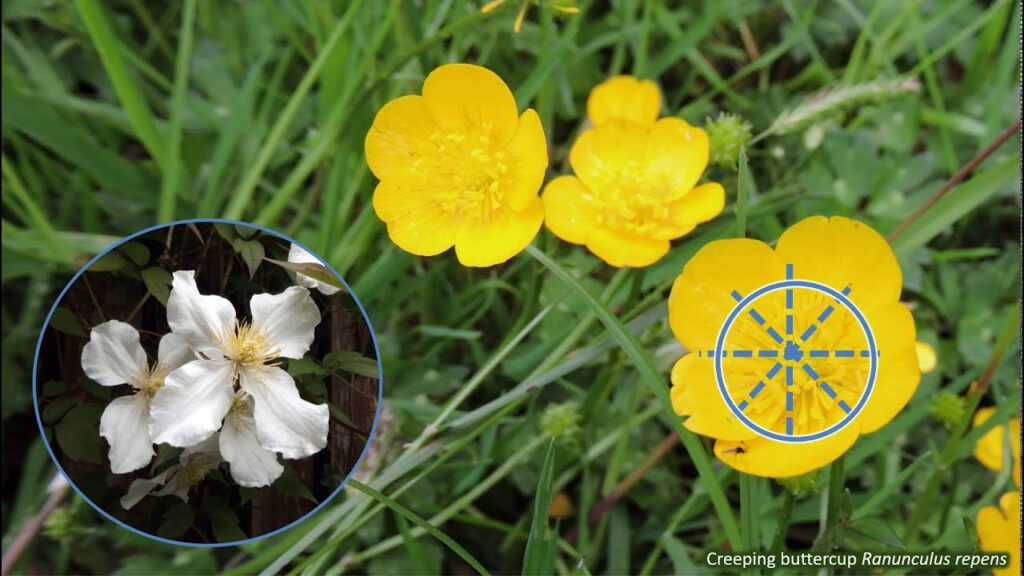- General Botanical Traits of the Ranunculaceae Family
- Fruit and seed dispersal of plants of the Ranunculaceae family.
- Ranunculaceae classification and distribution
- Regional Occurrence and Flowering Patterns
- Highlighted Species in the Ranunculaceae Family Plants List
- Distinguishing Ranunculus orthoryhynchus from Ranunculus occidentalis
- Notable species in the Ranunculaceae plant list are:
The Ranunculaceae family plants list includes early flowering species, much like the Magnolias. We can observe this by examining the flower parts of the Ranunculus.
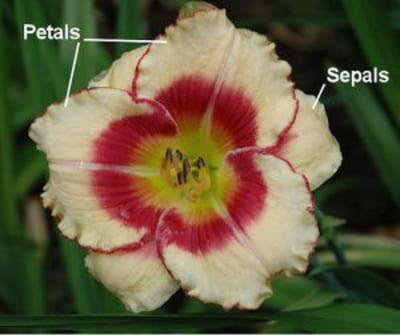
Unlike newer families, the flowers in this family have old traits. The perianth, which has petals and sepals, is separate from the reproductive parts.

The number of reproductive parts is often unclear. This is different from other families that have a set number of trimellar, tetramellar, or pentamerous stamens and pistils.
Botanists say that the Ranunculaceae have “simple” flowers. However, this does not mean their shapes are not exceedingly complex.
Columbines, Delphiniums, and Clematis are part of this family. They all have complex flowers. This is because they evolved together with their pollinators.
Antoine Laurent de Jussieu named the family Ranunculaceae in 1789. He did this in his work, Genera Plantarum.
General Botanical Traits of the Ranunculaceae Family
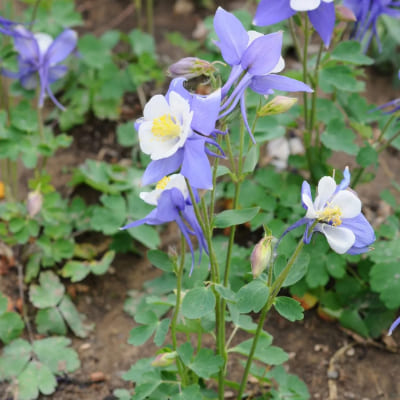
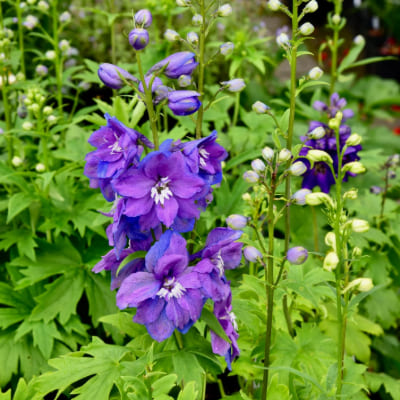
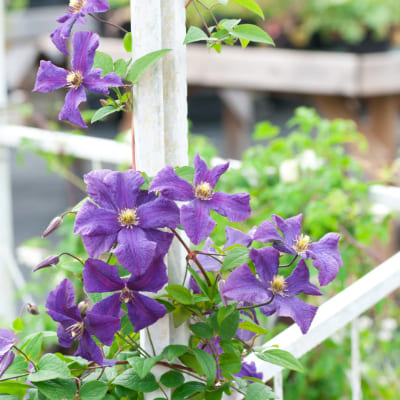
Growth Habits and Leaves
Most members of this family are herbaceous, with some being vines. They have alternate leaves along the stem or at the base. These leaves are usually compound or deeply lobed, but they can also be simple.
Flowers and flower structure
Sepals may number from 2 to 5, sometimes with a showy, petal-like appearance. Sometimes, petals may be absent or appear in groups of four or more.
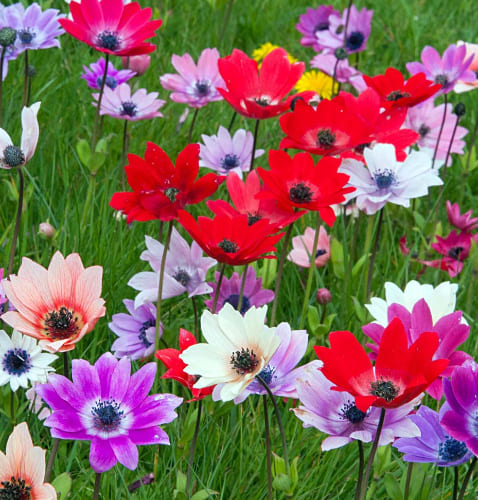
Many flowers, like the ones in a garden anemone, contain numerous stamens. Usually, more than one pistil exists, like the pistils that come from the nodding head of an aquiline flower.
All parts of the flower are separate from each other, but attached to the upper ovary of the plants. Fruit morphology is diverse in this group.
Fruit and seed dispersal of plants of the Ranunculaceae family.
Some plant groups make a head of many dry achenes. These achenes have small hooks that help with zoochory. Zoochory is when seeds are spread by animals. This happens in Ranunculus species found in local wetlands and upland meadows.
Others, like many Clematis, produce long, slender achenes arranged in conspicuous whorls along their vines.
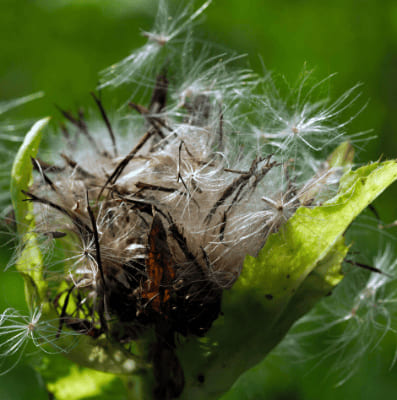
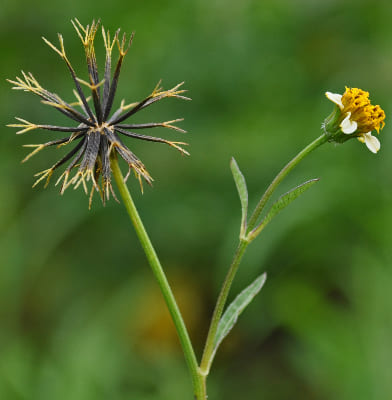
Zoochory
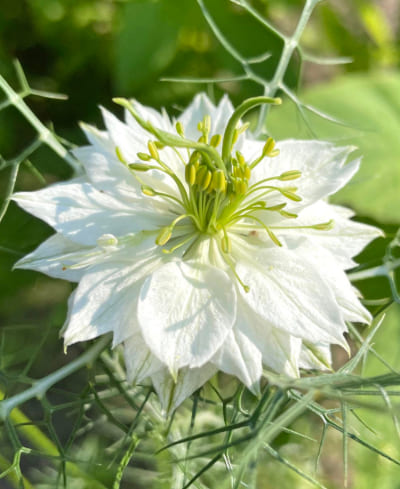
More members of this family create many encapsulated follicles. You can see this in Nigella, a species that people use in floral arrangements for its unique look.
Ranunculaceae classification and distribution
The Plants of the World Online website currently lists 50 accepted genera in the Ranunculaceae family. This family is also called the buttercup family.
Scientists have identified more than 2,000 species and 43 genera of Ranunculaceae all over the world. About 23 of these genera are in North America.
The name Ranunculaceae derives from the Latin “ranunculus,” meaning “little frog,” or simply “rāna,” meaning “frog.” This is likely because many plants in this family grow in or near water, just like frogs do.
Regional Occurrence and Flowering Patterns
In places like Missouri, researchers have found many types of the genus Ranunculus. Some of these are hard to tell apart because they look similar.
In our area, many plants in the Ranunculaceae family live for many years. They bloom early and give important nectar to local pollinators.
Highlighted Species in the Ranunculaceae Family Plants List
Ranunculus Orthorhynchus var. Orthorhynchus – Ranunculo straight-peaked
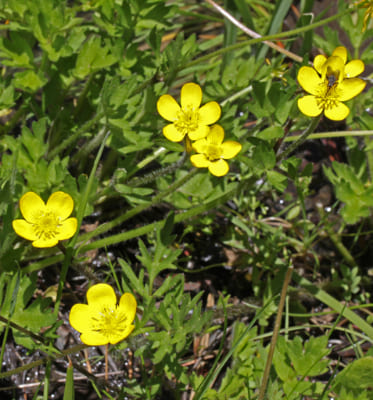
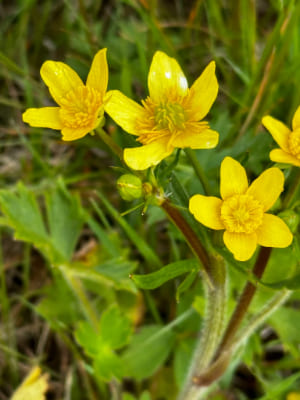
Habit of the family Ranunculaceae
A perennial herb grows 20 to 80 cm tall. It has five bright lemon-yellow tepals that droop down. These tepals show a round shape of pointed or beaked achenes. The achenes look like a bird’s head from the side.
Types of leaves of the family Ranunculaceae
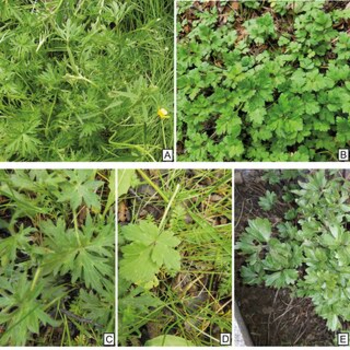
This plant has three types of leaves: basal, cauline and upper, immediately below the flowers.
The rounded basal leaves measure 3 to 8 cm long and divide into 5 to 7 deeply cleaved and dissected leaflets.
Some basal leaves are more intricately dissected than others.
Caulinar leaves are linear, with shallower lobes and relatively short petioles.
The upper leaves do not have petioles and attach directly to the stem, which sits just below the floral racemes.
These leaves divide narrowly into three parts, with the central lobes longer than the others.
The leaf pedicels are distinctively smooth and hairy, as are the basal leaf surfaces.
Stems of the family Ranunculaceae
Plants have several slender, erect or pendulous stems, which are usually branched and may have a purplish-green tinge.
List of Flowers of the family Ranunculaceae
The long, narrow pedicels can reach 15 cm long.
Five sepals are yellowish and slightly curved backwards (reflexed). Five bright oval petals, 9 to 18 mm long, are bright yellow, sometimes with reddish orange veins on the back.
Fruits of the family Ranunculaceae
It flowers in early spring and its petals also fall off early, but retain the ball of flower heads until early summer.
Each flower head contains 20 to 50 dried achenes.
Most buttercup species have curved spikes on the achenes, similar to the hooked beak of a parrot.
In contrast, R. orthoryhynchus has rounded achenes (3.5 mm long) with straight beaks between 2.5 and 4.4 mm long.
Facultative wetland species (FACW) are plants that usually grow in wet areas in spring. They often dry out in late summer but can also survive in drier conditions.
Distinguishing Ranunculus orthoryhynchus from Ranunculus occidentalis

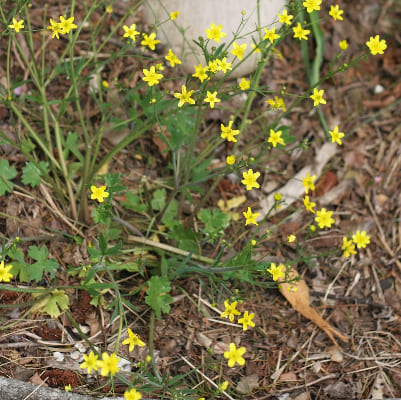
People can easily confuse this species with other buttercup species found in similar environments.
In particular, Ranunculus Occidentalis, western buttercup.
The straight-billed buttercup is different from R. Ranunculus Occidentalis.
It grows in wetter areas, while the western buttercup prefers drier spots. The basal leaves and pedicels of R. Orthoryhynchus are hairy. This is different from the western buttercup.
The dry achenes of R. Orthoryhynchus have straight, sharp beaks. In contrast, those of R. Occidentalis are curved like a parrot’s beak.
Notable species in the Ranunculaceae plant list are:
Ranunculus Alismifolius – Plantain-leaved Buttercup
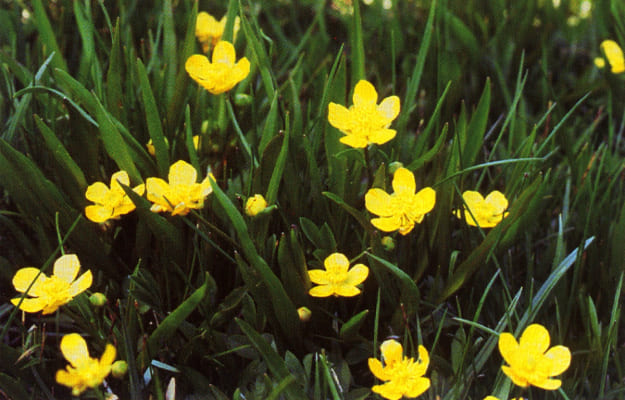
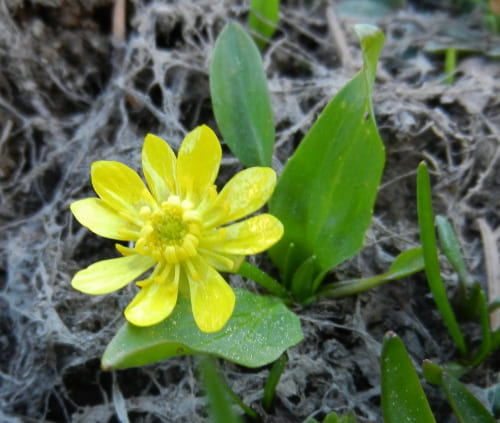
Fruit morphology of Ranunculaceae plants
The fruits are a helpful clue for identifying Ranunculus species that may look similar at first.
Thanks to their analytical skills, we can clearly identify species like Ranunculus sardous, a noteworthy entry in the Ranunculaceae Family Plants List. This species often grows in groups in heavily grazed pastures, and people can confuse it with other similar-looking species.
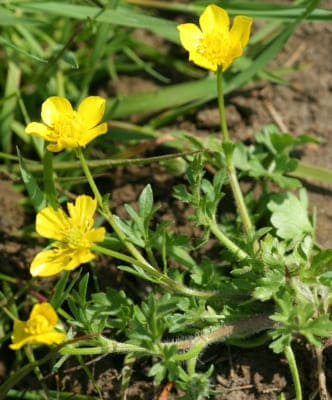
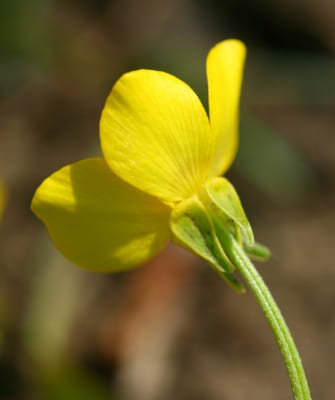
Other members of the Ranunculaceae family commonly found in North America include:
Anemone Virginiana var. Virginiana, common on trails and wooded areas of the eastern US.
Delphinium Ajacis, commonly sold under the name “Larkspur,” although often confused with species of the former genus Consolida.
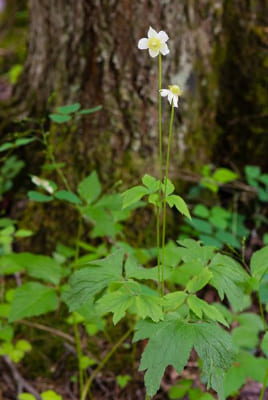

Clematis Terniflora, although spectacular in bloom, appears on the list of invasive species in several states.
Enemion Biternatum, also known as the false anemone, often found in moist forest habitats.
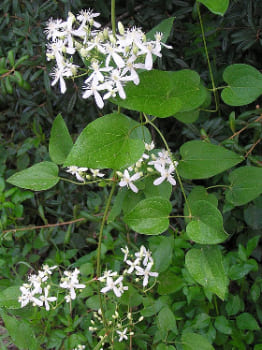

Ranunculus Fascicularis, R. Hispidus, Ranunculus Abortivus, Ranunculus Parviflorus, and Ranunculus Sardous show a lot of shape differences.
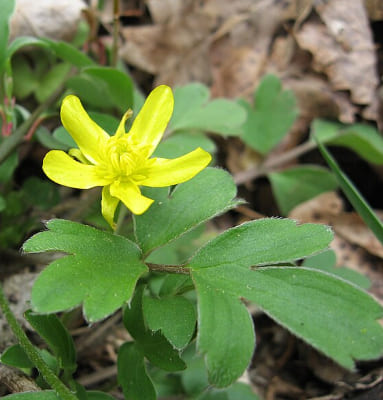

They have many common names. This makes it hard to identify them without closely looking at the fruits.
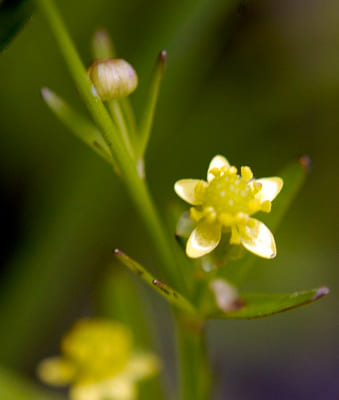
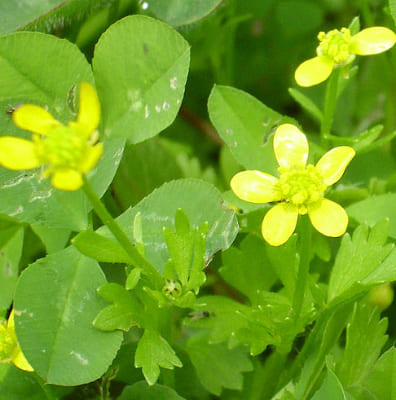
References for this list of plants of the Ranunculaceae family.
Simpson, M. Systematics of Plants, 2nd ed. Academic Press, Burlington, MA. 2010.
Guard, J. (1995). Wetland plants of Oregon and Washington. Lone Pine Publishing, Edmonton, Alberta. 110. Hitchcock et al. 1955-69.
USDA Plant Database: City of Eugene, Seed collection manual, Ranunculus orthorhynchus, 2009.
Plants of the World Online, updated as of 1/3/2025.

